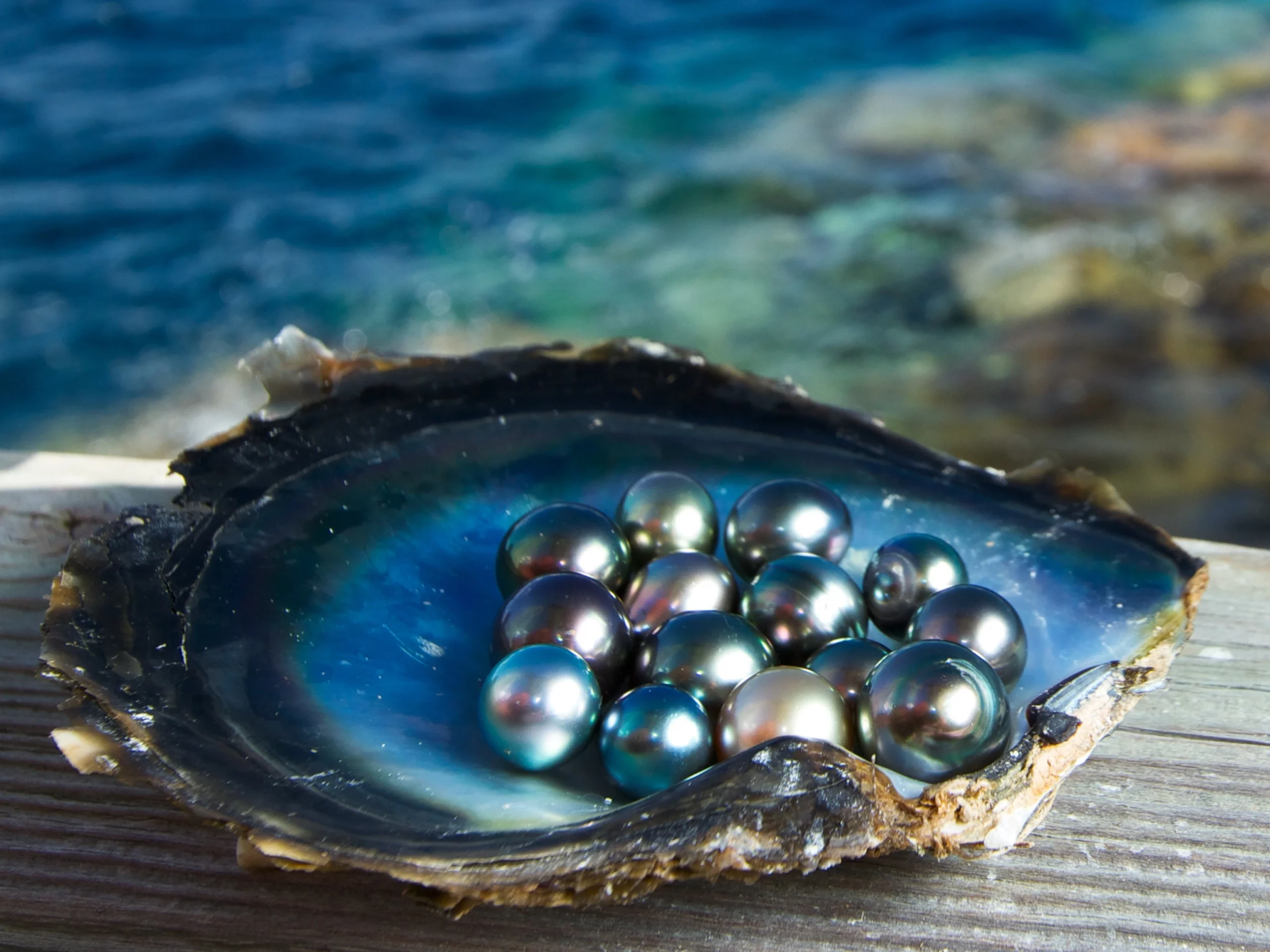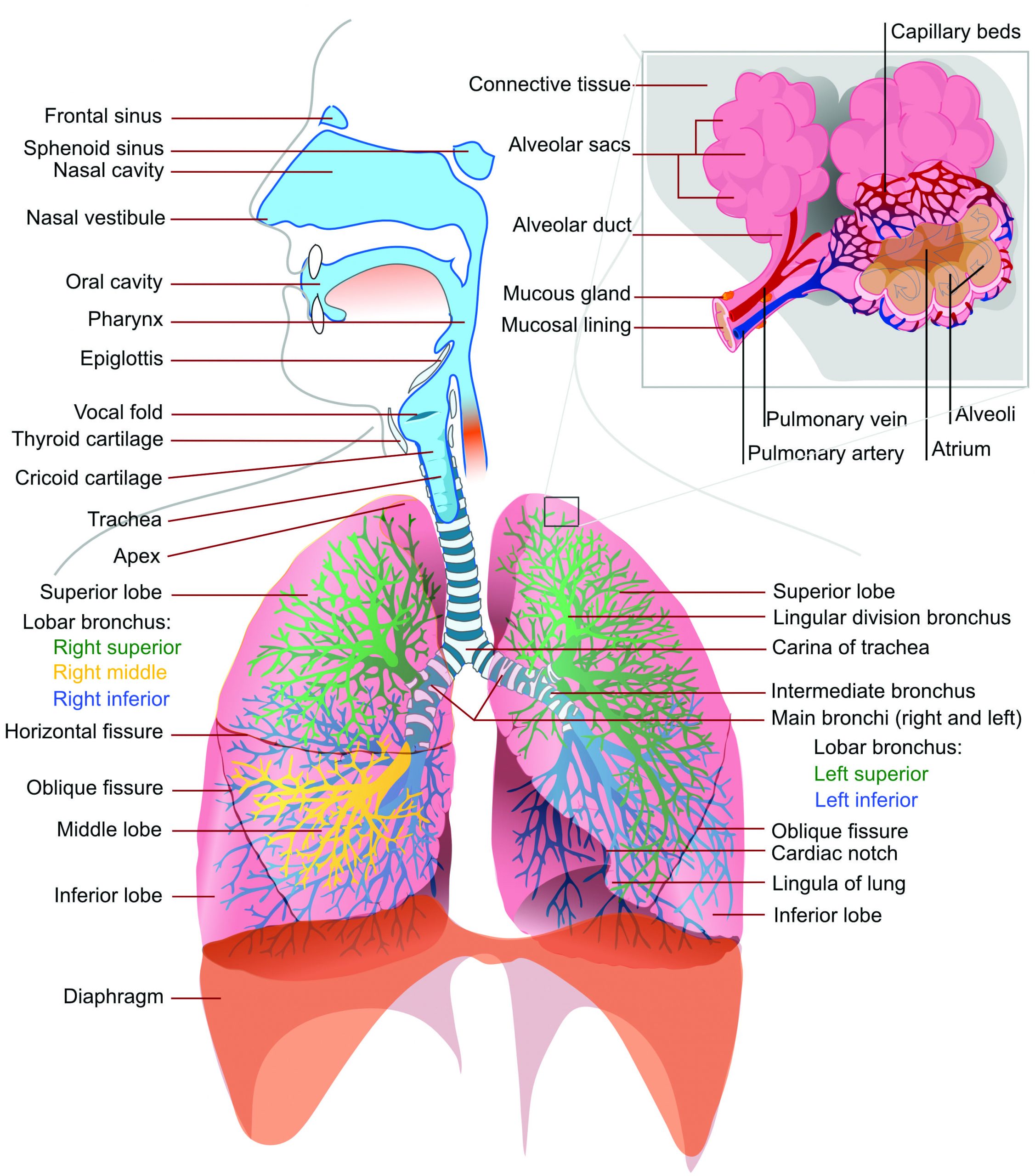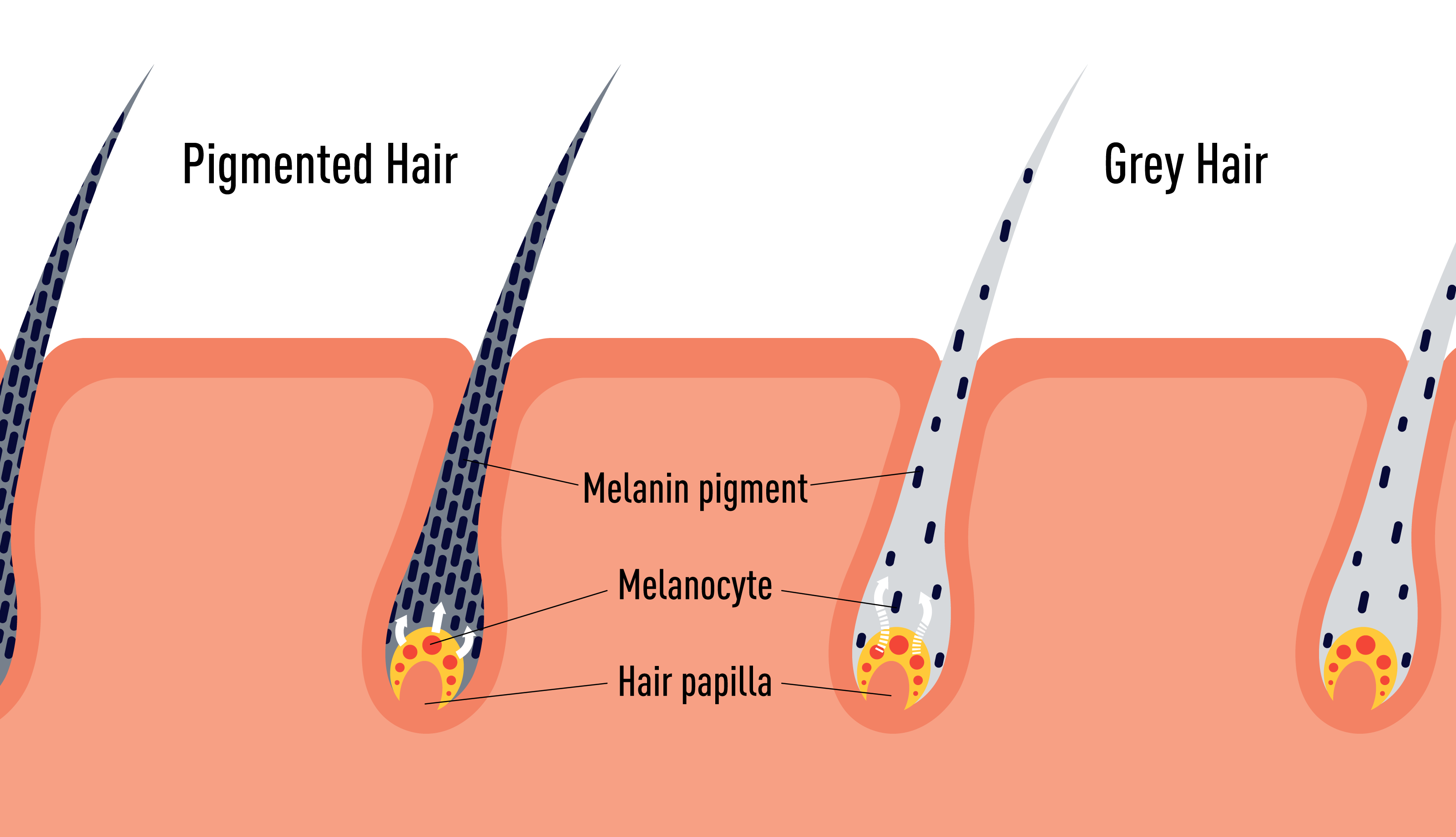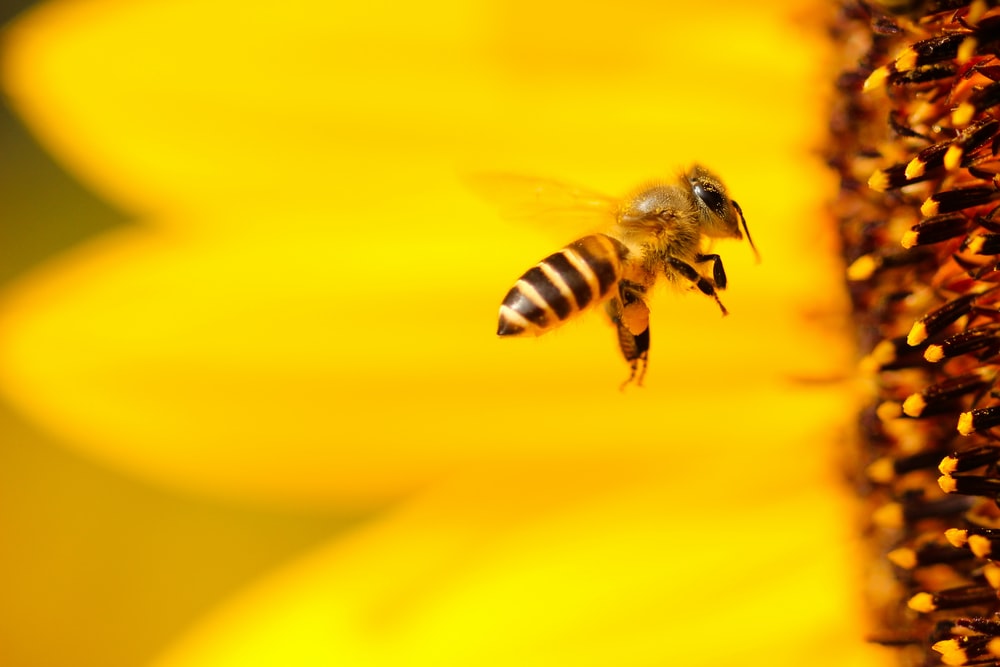
You feel pain, itching and annoyance when bees stings. That’s because the bees jabs its barbed stinger into your skin and release some venom, which contains proteins that cause pain and can affect your immune system and skin cells.
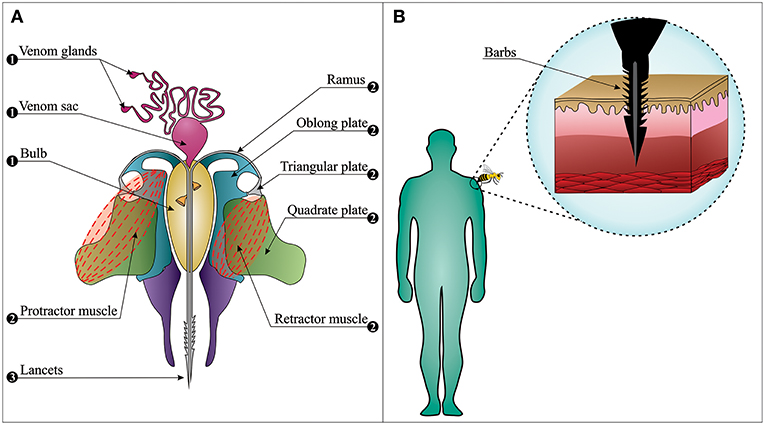
But it’s nothing compared to what the poor tiny honeybee has to go through.
You’ll be fine after a few hours, but the honeybee won’t.
Honey bees don’t strike people unless they feel threatened or if you step on them mistakenly. The real issue is that the honeybee can’t get its barb stinger out of your skin after stinging you. The only way to break free is to leave the stinger. The stinger is not only a good defense mechanism, but it also contains parts of the bee’s digestive tract, nerves, and muscles, which are all necessary for the bee to function properly. So, after losing everything, this tiny creature perishes.
Autotomy is the process of leaving a body component behind as a sort of defense — in this case, a portion of the abdomen. Other animals that drop their tails or leave their claws behind when frightened include lizards and crabs.
When stinging insects such as yellowjackets and hornets sting you, they do not die. The hooks on these insects are released by an unique sheath that glides over the barbed stinger. Because their relatively inaccessible, honey-free nests aren’t attacked as frequently as bees’, it’s plausible that these wasps gain less from suicide defense than bees do. Perhaps they’re faster fliers, better able to avoid a swat during a sting operation.
Lastly, when a honeybee stings a mammal, its barbed stinger lodges in the skin, making it impossible for the honeybee to extract. It instead abandons the double lancet, as well as a portion of its digestive tract, muscles, and nerves. The bee dies as a result of the abdominal rupture.


